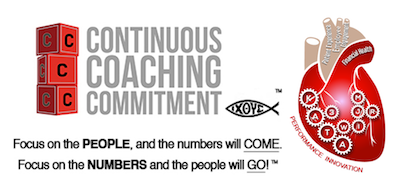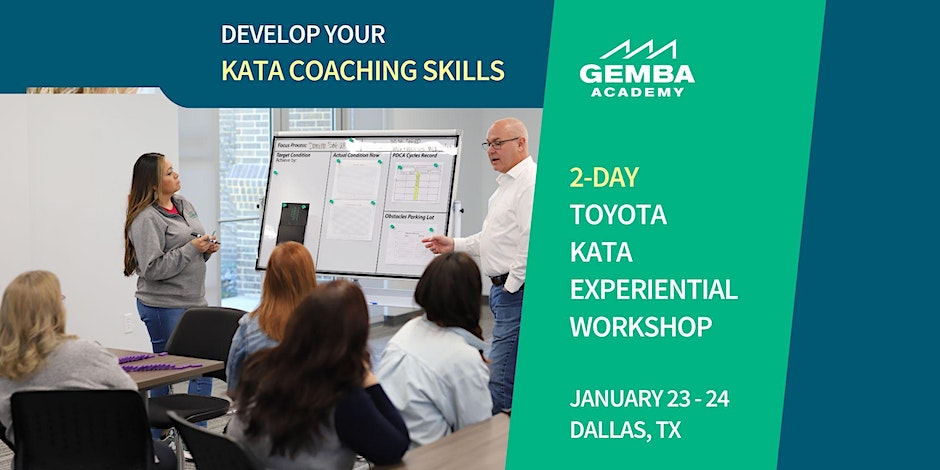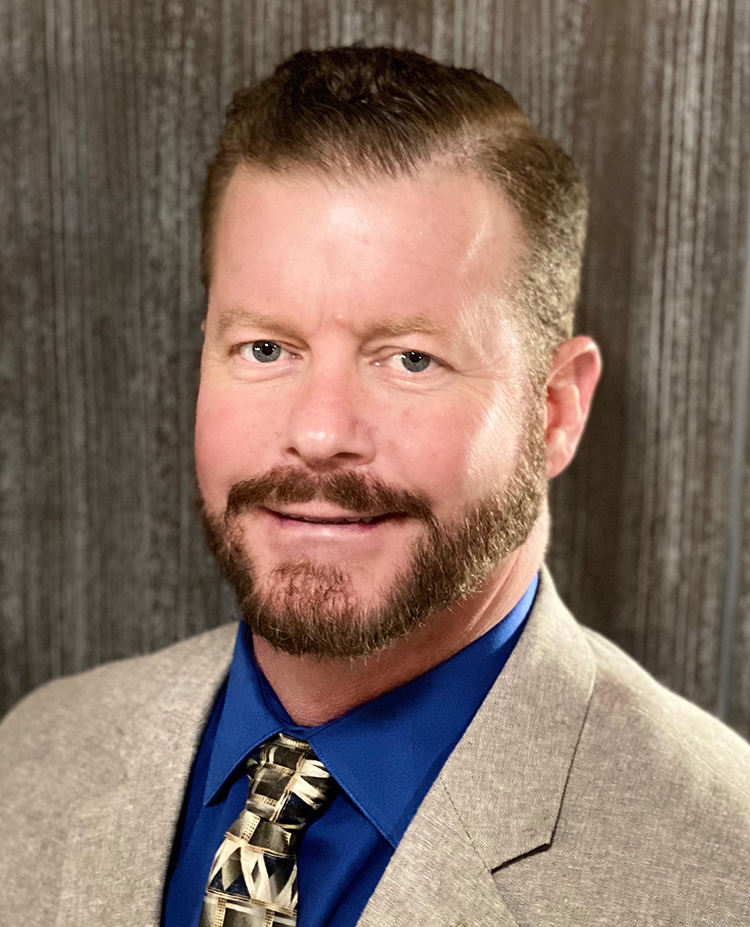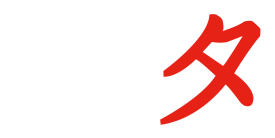Continuous Coaching Commitment, LLC offers an extensive array of training classes in Lean Manufacturing Tools and Principles plus Continuous Coaching Commitment, LLC can facilitate the deployment of these tools as needed in your organization using the Toyota Kata methodology for bottom line results.
On-site Deployment
1-Day Toyota Kata Experience
Toyota Kata addresses the question “How can we lead our companies so they will survive and thrive long term?” Since the future lies beyond what we can see, the solutions that we employ today may not continue to be effective. So it is not the solutions themselves – whether Lean techniques, today’s profitable product, or any other – that provide sustained competitive advantage, but rather the ability to understand conditions and create fitting, smart solutions. Toyota Kata is the routine to develop this capability in the organization, and is both a key factor in Toyota’s long-running success and a core responsibility of its leadership. Briefly put – Toyota Kata channels and utilizes the capabilities of all its members in order to strive for continuous improvement better than our traditional management methods. Join us for a “learn, share and do” opportunity as we explore:
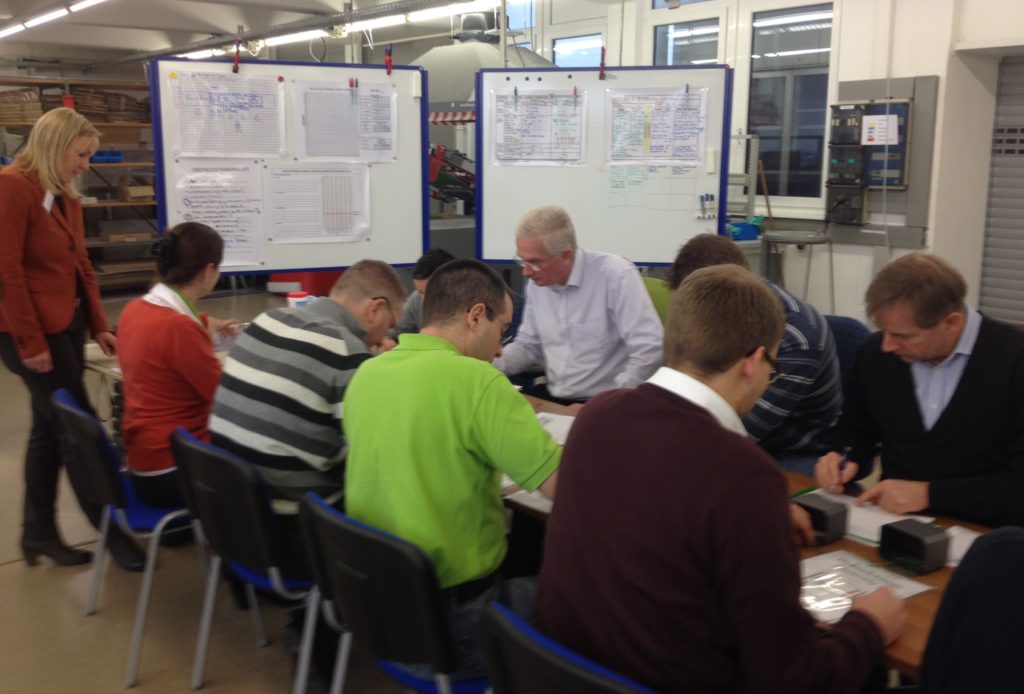
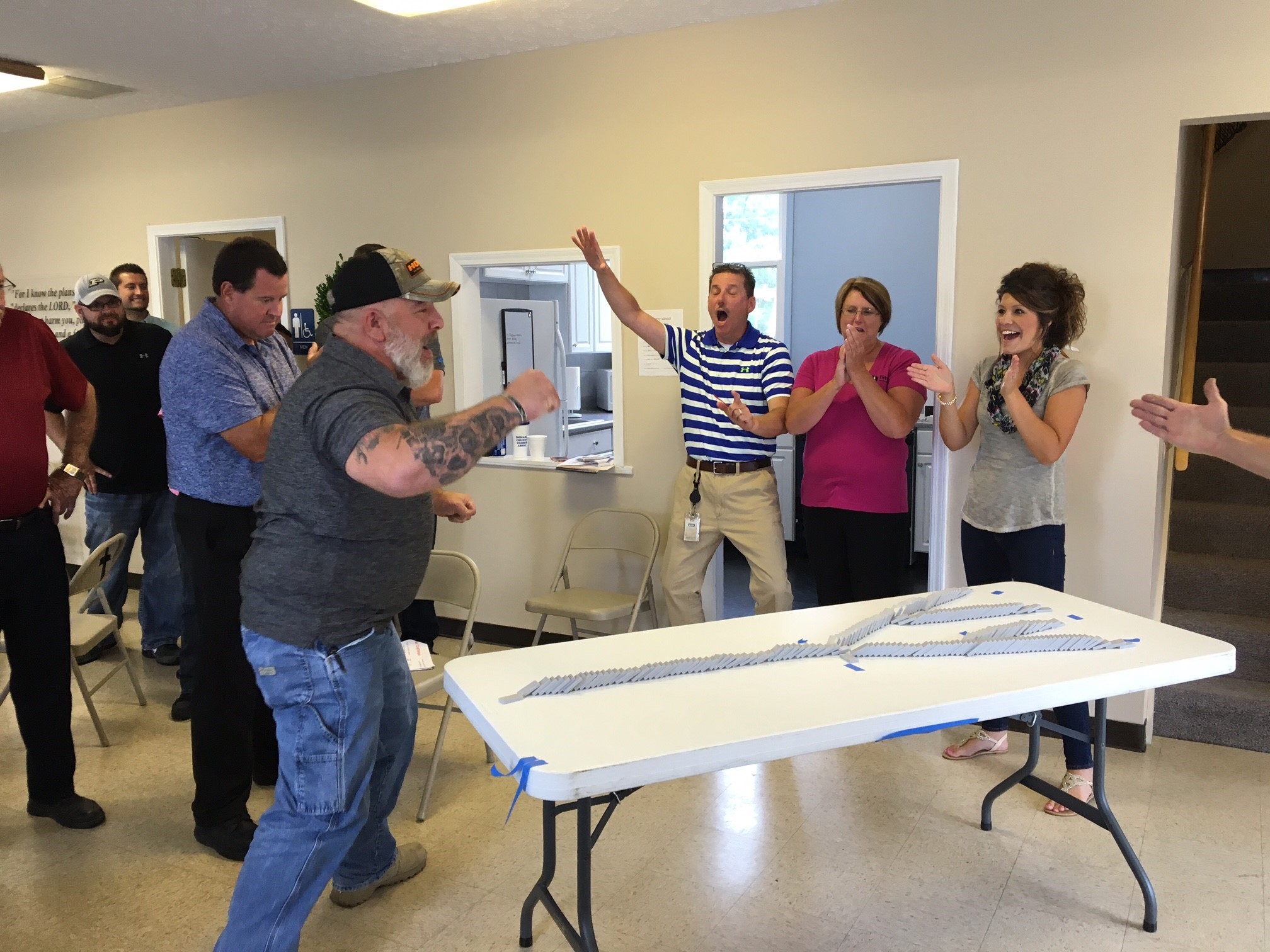
- Hear and see how companies are utilizing the Toyota Kata methodology of the Improvement Kata and Coaching Kata to coach for daily continuous improvement.
- Review the Toyota Kata Handbook slide material found on Mike Rother’s website regarding:
- The Improvement Kata: A scientific 4-step iterative PDCA routine that addresses only those obstacleswhich lie on the path of a trajectory that leads to the achievement of short term Target Conditions that are in line with a long term Vision/Challenge.
- The Coaching Kata: A daily routine that utilizes The Five Questions to help teach the Improvement Kata thinking pattern and ensure that it is imbedded within an organization via team accountability.
- Participate in a multi-round simulation that is progressively interwoven in with the slide material to make it easy to understand how the Toyota Kata trajectory components come together (i.e., Vision/Challenge, Current Condition, Target Condition, Obstacles, PDCAs and Coaching).
2-Day Toyota Kata Experience
Are you searching for an answer to, “How can our continuous improvement
process survive and thrive?”
Toyota Kata addresses this challenge by providing the framework for a sustainable problem solving culture incorporating targeted experimentation and personal learning.
In this practical workshop you will learn about two specific behavior routines, or Kata as we will review a lot of the Toyota Kata Handbook slide material found on Rother’s website regarding:
First, the Improvement Kata is a repeating routine of establishing challenging target conditions, working iteratively through obstacles and learning from problems encountered along the way. The Improvement Kata is a scientific 4-step iterative routine that addresses only those obstacles that lie on the path of a trajectory that leads to the achievement of short term Target Conditions that are in line with a long term Vision/Challenge.
Second, the Coaching Kata is a pattern of teaching the Improvement Kata to employees at every level, ensuring that it permeates their thinking and actions. The Coaching Kata is a daily routine that utilizes The Five Questions to help teach the Improvement Kata thinking pattern and ensure that it is imbedded within an organization via team accountability.
Participation in the Improvement Kata simulation makes it easy to understand how the Kata components come together. The interactive simulation brings Kata “to life” as team members systematically improve their way toward a target condition by using the Improvement Kata steps. The simulation, that is progressively interwoven in with the slide material to make it easy to understand how the Toyota Kata trajectory components come together. (i.e., Vision/Challenge, Current Condition, Target Condition, Obstacles, PDCAs and Coaching).
If you are seeking a better way to lead, manage and develop people to produce continuous improvements results, this session is for you!
Kata Skill Week (KSW)
A Kata Skill Week (KSW) can be customized to fit your company’s needs in order to start the Improvement Kata and Coaching Kata deployment at your site. The general format is a three, four, or five day week which typically starts with the one-day Toyota Kata Experience and progresses on to making the Improvement Kata and Coaching Kata real by selecting your own processes to begin the deployment. By taking the classroom learning directly to the shop floor, office area, or medical floor immediately the next day, students have the opportunity to put their newly learned skills into practice. It is on this day 2 that we help your company to select real processes and real obstacles and begin constructing the Kata Storyboard in order to put the four steps of the Improvement Kata into action which are:
1. Understanding the direction
2. Grasping the current condition
3. Establishing the next target condition
4. Iterating with PDCA toward the target condition.
By day three or four your employees are actually practicing the coaching kata by using the five Toyota Kata questions with a designated learner, first coach, and second coach. With the assistance of a Master Kata coach who instructs and guides this entire week your company will be up and running with daily coaching routines as you advance from target condition to target condition on your way to achieving real meaningful challenges.
With the Kata Skill Week your company can decide to either participate in an open, multi-company format with only a few of your people, or the Kata skill week can be closed and customized for up to 9 people forming 3 Improvement Kata teams which will give you the basis of what is commonly referred to as an “advance group”. These initial team members are not necessarily Lean experts or Six Sigma Black Belt certified, they simply go in “advance” of others within your company and are the first to experience the Improvement Kata and Coaching Kata. This initial group will eventually have the responsibility of shepherding the future Improvement Kata teams as they both teach and guide with the assistance of a Master Kata coach as you deploy both horizontally and vertically throughout your organization.
On or Off-site Training Courses
Lean 101 – Principles of Lean Manufacturing
This is the best publicly available live simulation and the first step to learning the principles of Lean Manufacturing. Participants manufacture test circuit boards in a simulated manufacturing setting. Results of the first simulation round provide the setting for continuous improvement by applying Lean Manufacturing principles to reduce the 8 wastes. Lecture and hands-on simulations introduce standardized work, workplace organization, visual controls, set-up reduction, batch size reduction, point of use storage, quality at the source, workforce practices, and pull systems. Each technique helps improve key metrics dramatically.
Training Within Industry
Training Within Industry – Job Instruction (TWI-JI) is a dynamic program that uses a simple four-step “learn-by-doing” approach to teach supervisors and team leaders from all industries the essential skills that will train workers to quickly remember how to perform jobs correctly, safely and conscientiously.
Value Stream Mapping
Learn how to create a map of your plant’s entire current state value stream (and related information flow), how to identify non-value added activities, and then learn how to map the future state value stream. Company learns the steps to eliminate waste in the current value stream map in order to achieve the enhanced future state value stream. Company also uses its own product lines to draft current and future state maps.
Visual Workplace/5S
Use hands-on simulation to learn how to transform a factory into a place where thousands of messages concerning product quality, productivity, scheduling and safety are rapidly delivered and utilized every day. Participants learn the 5S + 1 methodology to implement specific, easy to access visual systems which enhance communication and productivity. Through case histories and visual examples, participants learn what visual order is, what the visual workplace looks like and how these concepts function holistically on the production shop floor. The seminar teaches how to deal with resistance, develop checklists and use a process map to drive the initiative.
Total Productive Maintenance (TPM)
Participants learn how to proactively maintain machines and equipment at peak productivity. Participants gain knowledge and a deeper understanding of TPM, its five major components, how TPM increases overall equipment effectiveness, how it can help avoid interruptions to production and a functional understanding of the seven steps to autonomous maintenance.
Setup Reduction/SMED
Through live simulation, participants learn the fundamental and underlying principles of set-up reduction. The instructor clearly defines set-up and discusses reasons for, and barriers to, reducing changeover times. The seminar follows the principles outlined by Shigeo Shingo on Single Minute Exchange of Dies (SMED). Participants learn the standard methodology in applying SMED to any type of set-up or industry.
Cellular/Flow Manufacturing
Bottom-Line results for your Business, and Employee Engagement for your People Participants learn how to link and balance manufacturing operations to reduce lead times, minimize work in process, optimize floor space usage and improve productivity. Through a 5-step process, the instructor leads and assists the participants in designing and implementing work cells in either assembly or machining applications. Topics include product family definition, TAKT time, total work content, work balancing, task/operator standardization, machine/operator optimization, cell layout, flexible staffing and teamwork.
Pull/Kanban Systems
Participants learn how to control shop floor inventory and production schedules by implementing pull systems. The participants learn how to design and implement a visually driven and employee controlled material replenishment system. Participants also learn how to implement repetitive and non-repetitive pull systems, how to set up point-of-use material storage, how to interface with planning systems and how to balance lot sizes with capacity (not economic order quantity).
John Maxwell Leadership Series
“ONLY ONE THING STANDS BETWEEN YOU AND SUCCESS.
IT ISN’T EXPERIENCE. IT ISN’T TALENT.” – John C. Maxwell

Everyone Communicates, Few Connect – 1 day course
World-renowned leadership expert John C. Maxwell says if you want to succeed, you must learn how to connect with people. And while it may seem like some folks are just born with it, the fact is anyone can learn how to make every communication an opportunity for a powerful connection. In Everyone Communicates, Few Connect, Maxwell shares the Five Principles and Five Practices to develop the crucial skill of connecting, including:
– Finding Common Ground
– Keeping Your Communication Simple
– Capturing People’s Interest
– Inspiring People
– Staying Authentic in all Your Relationships
Part I: Connecting Principles Connecting Increases Your Influence in Every Situation Connecting Is All About Others Connecting Goes Beyond Words Connecting Always Requires Energy Connecting Is More Skill Than Natural Talent
Part II: Connecting Practices Connectors Connect on Common Ground Connectors Do the Difficult Work of Keeping It Simple Connectors Create an Experience Everyone Enjoys Connectors Inspire People Connectors Live What They Communicate
Leadership Gold – 2 day course
Those Who Start the Journey with You Seldom Finish with You
Anytime you ignore the reality of change and try to control relationships you will have problems.
Lean Office and Office Process Mapping
Learn to apply Lean principles to reduce non-productive efforts, eliminate wastes, reduce process time and improve efficiency in office support processes, administrative processes, and other non-direct labor efforts of the enterprise. Company creates current and future value streams maps for support processes such as Quoting, Engineering Drawings, Order Entry, Purchasing, Shipping/Receiving, Accounts Receivable, Accounts Payables, Hiring Practices, etc.
Kaizen Events
This session teaches participants how to perform a “Kaizen Blitz.” Kaizen is a time-proven, intense, focused problem solving methodology used successfully by hundreds of companies. It utilizes a “ready-fire-aim” approach to solving problems in a team-based manner that produces immediate, tangible results.
Poka Yoke & Error Proofing
World class quality depends on, not only detecting defects, but also detecting conditions when defects are likely to occur and eliminating them. Participants learn the principle causes of defects in the workplace and cost-effective methods of eliminating them. Participants are also exposed to the basic concepts needed to eliminate variation in their manufacturing processes during an introduction to Six Sigma.
